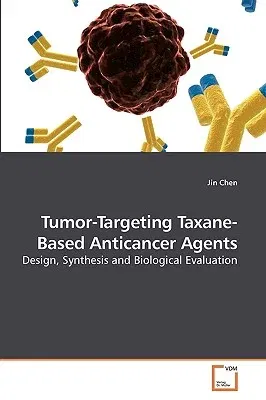Jin Chen
(Author)Tumor-Targeting Taxane-Based Anticancer AgentsPaperback, 31 March 2010

Qty
1
Turbo
Ships in 2 - 3 days
In Stock
Free Delivery
Cash on Delivery
15 Days
Free Returns
Secure Checkout
Print Length
336 pages
Language
English
Publisher
VDM Verlag
Date Published
31 Mar 2010
ISBN-10
3639242246
ISBN-13
9783639242249
Description
Product Details
Author:
Book Format:
Paperback
Country of Origin:
US
Date Published:
31 March 2010
Dimensions:
22.86 x
15.24 x
1.91 cm
ISBN-10:
3639242246
ISBN-13:
9783639242249
Language:
English
Location:
Saarbrucken
Pages:
336
Publisher:
Weight:
494.42 gm

